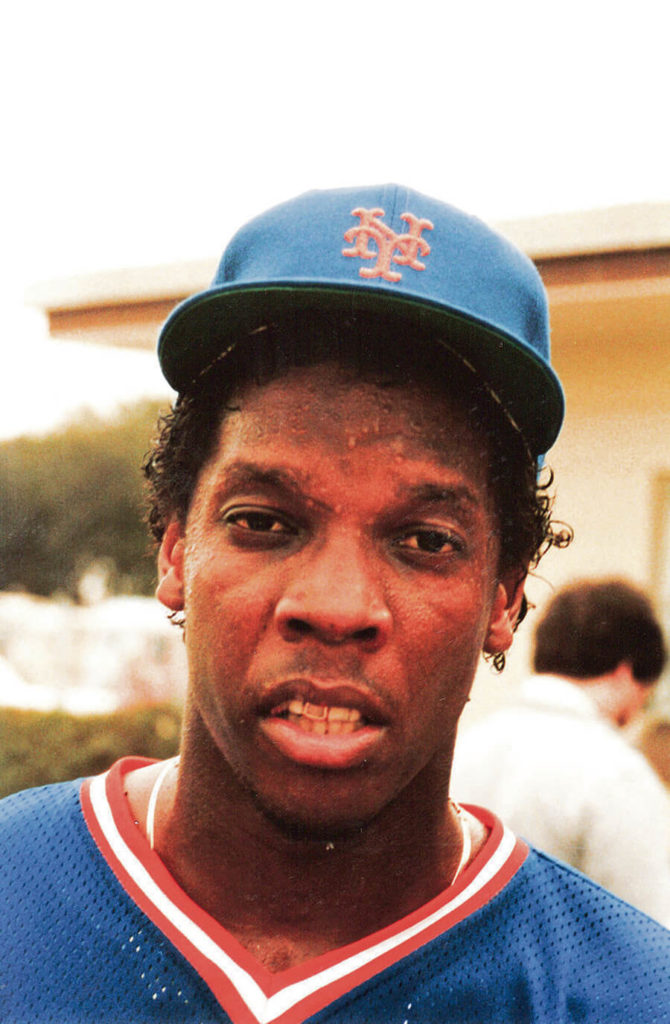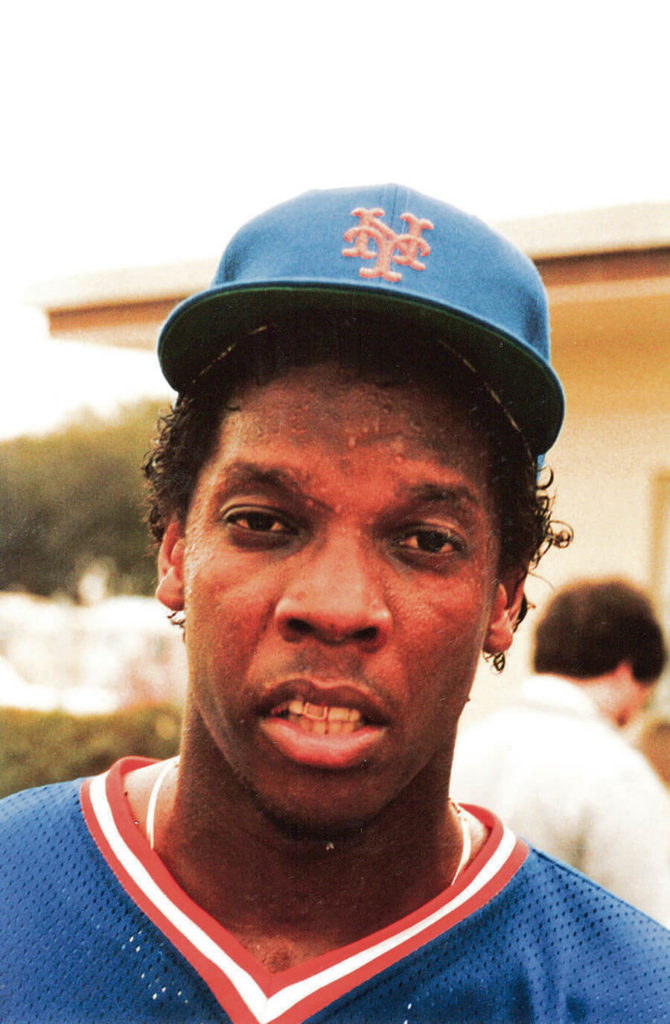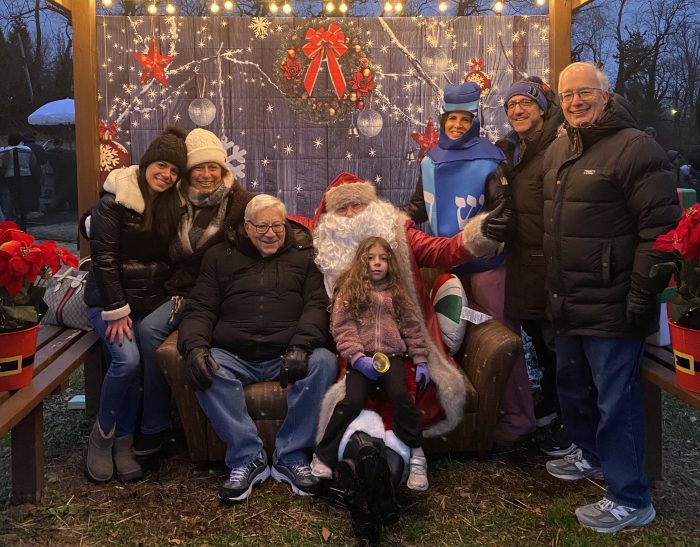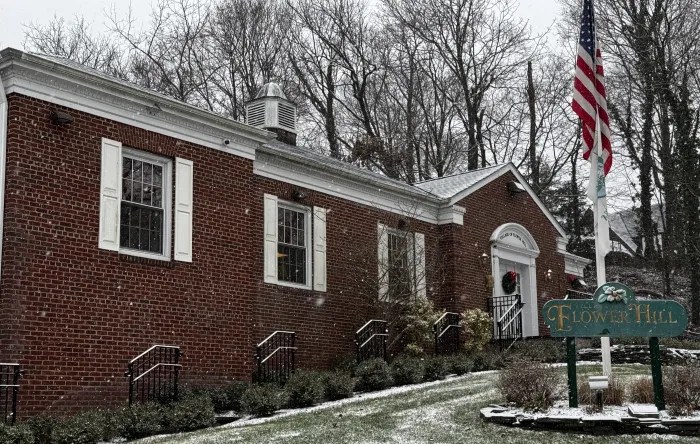
“So this is what two million people looks like?” Dwight Gooden observed in his 2003 autobiography, Doc: A Memoir, written with Ellis Henican, describing the parade down the The Canyon of Heroes in Manhattan following the New York Mets 1986 World Series win over the Boston Red Sox.
“It was a glorious celebration,” the hurler continued, “And right at the front of the crowd, a small boy was standing with a hand-lettered sign: “We love you, Doc,” it said. Too bad I couldn’t thank him or even wave. I really wish I could have. But as everyone gathered in Lower Manhattan, I was 25 miles away. As my teammates rode through the Canyon of Heroes, I was alone in my bed in Roslyn, with the curtains closed and the TV on, missing what should have been the greatest morning of my life. I’d spent all night in a sketchy housing project apartment near the Roosevelt Field mall, getting wasted with a bunch of people I hardly even knew. I was drinking shots of vodka. I was snorting lines of cocaine. And more lines of cocaine — and more lines of cocaine. I didn’t leave the drug party until after the sun came up. As my teammates toasted our triumph, I was nursing a head-splitting coke-and-booze hangover, too spent, too paranoid, and too mad at myself to drag my sorry butt to my own victory parade. I had never felt so lonely before. I hope I never feel that way again.”
Over the decades, the residency of New York Mets players has moved further east from the team’s playing field in Flushing. In 1969, for instance, both Tom Seaver and Nolan Ryan lived in Bayside during that championship year. Some players, including Mike Piazza, have opted for Manhattan digs. But mostly, Long Island has been home. Gary Carter used to hold an annual team picnic at his house in Port Washington. Darryl Strawberry lived in the same village. Dwight Gooden lived next door in Roslyn. Gooden, a native of Tampa, FL, lived in Roslyn during his productive years as an ace pitcher. Not all of Gooden’s time in Roslyn was comprised of rest and relaxation. The man’s life was troubled and it had nothing to do with the village’s bucolic surroundings.
Gooden’s meteoric rise began in 1984 when he was the youngest pitcher who ever appeared in an All Star game. That year, he went 17-9 with a league-leading 276 strikeouts. The next year, more of the same: a lights out 24-4 record with a 1.53 ERA. In 1985, the Mets, now anchored by Gary Carter and Keith Hernandez, won 98 games and finished three games behind the St. Louis Cardinals. The next year the Mets were World Champions, even though Gooden’s record fell to 17-6. His pitching coach, Mel Stottlemyre, began inquiring about Gooden’s health and rumors continued to swirl. In his memoir, Gooden was candid, as he often was in public about his addiction problems. Tampa is not a small town, but it’s not New York either or for that matter, a New York where a young man is a baseball superstar. Gooden was hardly the first young man from the provinces to be overwhelmed by the big city.
In his 16-year career, Gooden was a gamer. He bounced back from numerous setbacks. He won world titles with the 1986 New York Mets and 1996 New York Yankees. He was the 1984 Rookie of the Year and the 1985 Cy Young award winner. In all, Gooden pitched 11 years with Mets. After reearted vilations, he was suspended from the game for the entire 1995 season. Signed by George Steinbrenner for the 1996 season, Gooden pitched a no-hitter as the Yankees won their fist World Title in 18 years. Such flashes of brillance were fleeting. The nagging words, “what if” haunted his career. “I miss being great,” Gooden once told sportswriter Marty Noble in a rare moment of self-reflection. The fans missed it, too.



































